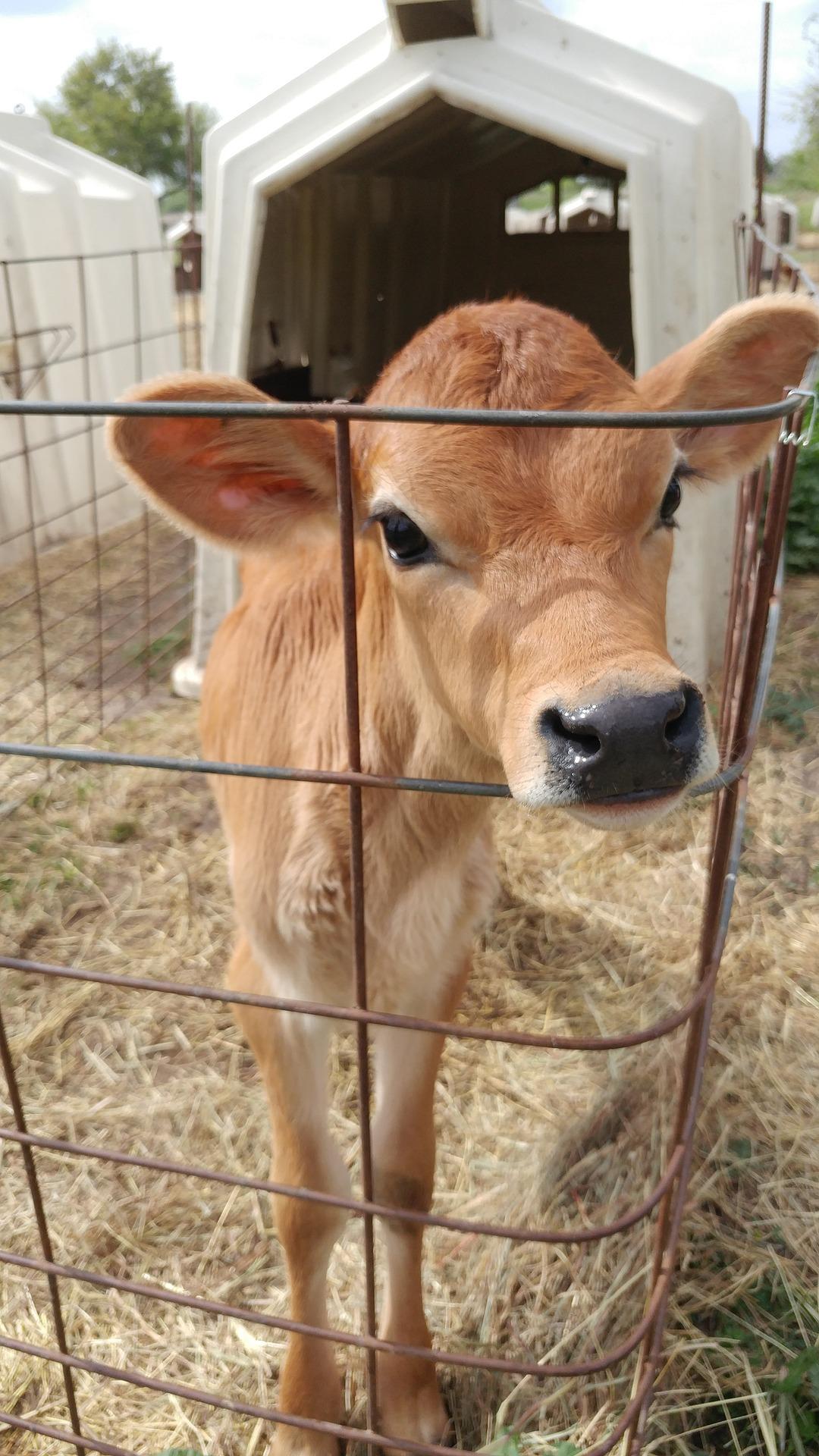Effect of Improved Pasture Management on Growth Performance of Holstein Heifers
The replacement heifer program is the 2nd or 3rd greatest expense on the dairy, with feed accounting for 40-60% of the costs associated with rearing a heifer to first calving. Pasture is often an under-utilized resource on many Northeast and Mid-Atlantic Dairies. Improving pasture management has the potential to increase forage quality and availability without increasing land-base. The purpose of this study is to determine whether dairy heifers managed in an improved pasture system can contend with the performance of TMR-fed counterparts. An economic analysis as well as an analysis of first-lactation performance is forthcoming. This is a multi-year study that was first piloted in 2020. Results from 2021 can be found by visiting the link below. Updates for 2022 will be provided at the end of the grazing season.
Effect of an Improved Grazing Management System on Dairy Heifer Performance (2021)
Effect of Improved Pasture Management on Growth Performance of Holstein Heifers (2020)
This project is conducted by Dr. Sarah Potts, Dr. Amanda Grev, and Mr. Jeff Semler.
Effects of Fertilization Strategy on Triticale Forage Quality and Dairy Cow Performance
Many producers recognize the value of winter forages, such as triticale, as a high-yielding and high quality forage for feeding livestock. The yield potential for winter forages is largely based on planting date and fall nitrogen availability; these two critical factors determine the number of fall tillers, which sets the yield potential for the following spring. Winter forages like triticale can also serve as a high quality forage source and can be a good source of protein. This study was initiated in 2021 and is being repeated in 2022. Results from 2022 as well as results from the feeding study will be posted when they become available.
Effect of Soil Fertility on Triticale Yield and Quality (2021)
This project is conducted by Dr. Amanda Grev, Dr. Sarah Potts, and Mr. Jeff Semler.
Effect of Extended Colostrum Feeding on the Performance of Jersey Heifers
Most producers critical role that colostrum plays in calf health. After birth, the ability of the calf to absorb the antibodies in colostrum declines rapidly. As such, research in this area has traditionally explored management practices to maximize antibody absorption. After the second feeding of colostrum, calves are typically switched to a whole milk or milk-replacer feeding regime.
Recent attention has been given to the value of extended colostrum feeding or transition milk feeding programs due to the unique qualities this milk has compared to whole milk. Some studies indicate that an extended colostrum feeding regime or a feeding regime that utilizes transition milk, enhances intestinal development and improves feed efficiency and growth of calves during the pre-weaning and post-weaning period. Because pre-weaning growth rates are associated with enhanced first lactation milk production later in life, it is possible that implementing an extended colostrum feeding or a transition milk feeding program may have long-term impacts on animal performance.
The objective of this multi-year study is to examine the short- and long-term effects transition milk feeding program on Jersey heifer performance. The study was initiated in 2021 and will continue through 2024. Calves are enrolled in the study at birth and receive either 1) two colostrum feedings followed by milk replacer; or 2) two colostrum feedings followed by 4 feedings of transition milk and milk replacer thereafter. Pre-weaning measurements include average daily gain and health indicators. Post-weaning and first lactation data will also be measured. Check back for periodic updates on this project!
This project is conducted by Dr. Sarah Potts and Mr. Jeff Semler.
